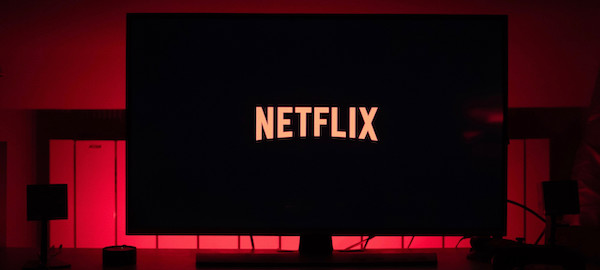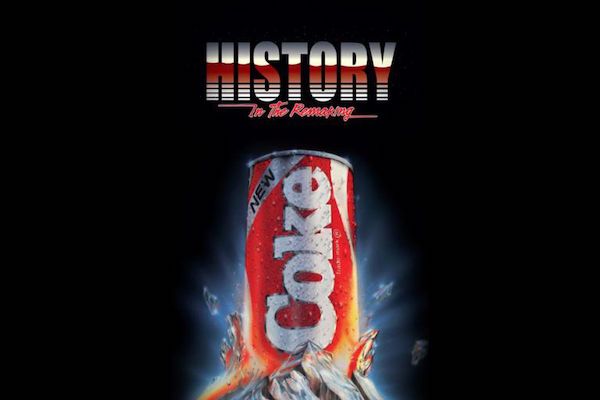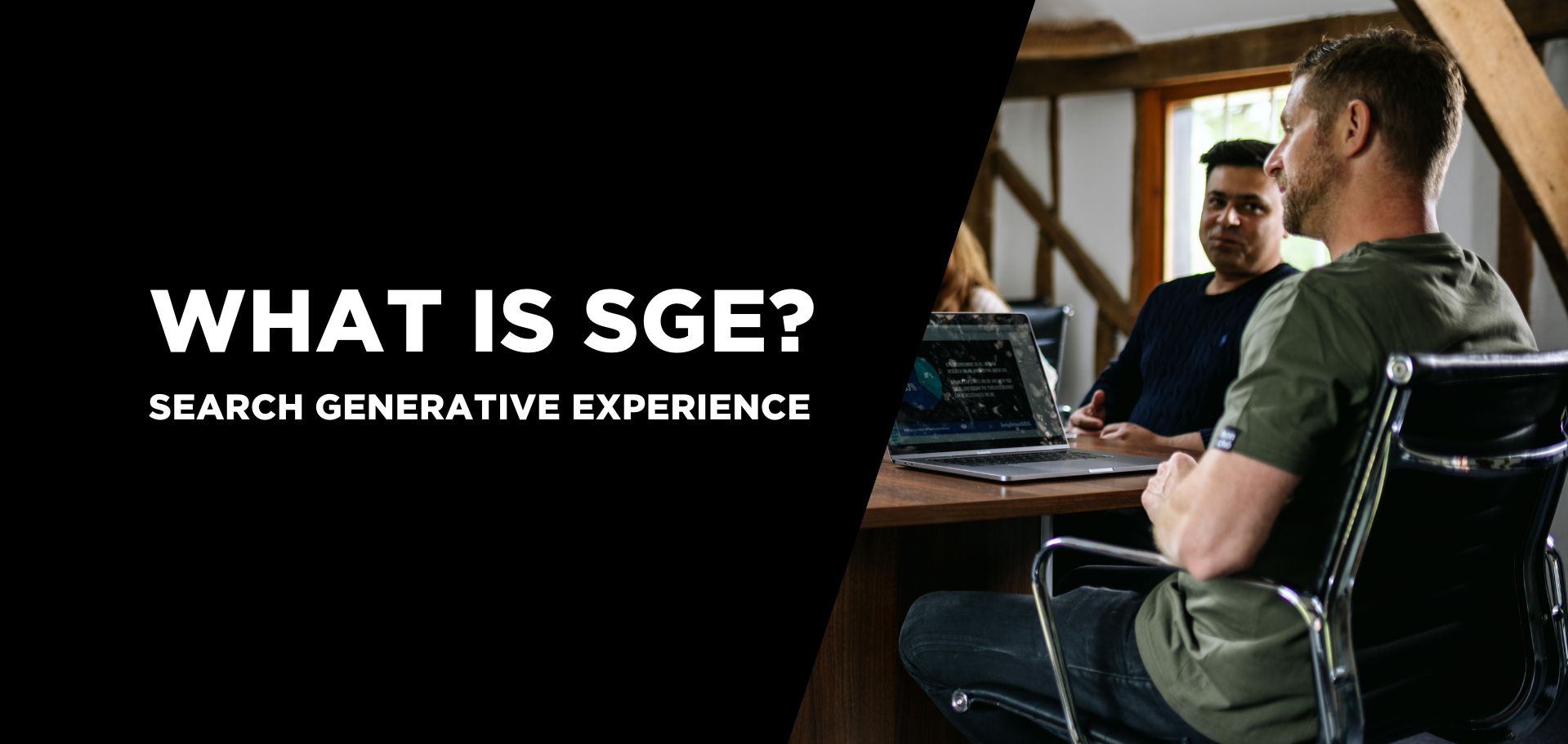2 min read
What is Google Search Generative Experience? (SGE)
What is Google SGE? Think of Google SGE as your helpful buddy on the search results page. Instead of making you click on different websites, it pulls...
For many years, as far back as when I was a teenager, I have always wondered why 1000s of TV shows, films and video games have had to use generic unlicensed products in their shows, while we sit there groaning at ad breaks. I have always felt that using generic products in a programme was such a wasted opportunity, and having to sit there watching ads was so backwards.
It still doesn’t sit well with me that we pay all that money to go to the cinema, only to have to watch ads for 20 minutes before the film.
Video games haven’t been plagued with the same issues, but face a different kind of problem where game publishers must bid for licences to use products in their games. For example, this is regularly seen in sports games. It seems somewhat nonsensical and dated that, essentially, these big game franchises are promoting sports brands to huge audiences by emulating their teams’ identities in their games.
However, times could be changing, especially for the TV side of things. Netflix’s Stranger Things has potentially shown a glimpse into the future of TV marketing.
Netflix proudly states that they have no intention of introducing ads to the streaming platform. However, with the potential loss of big hit shows like Friends, and with their worst financial quarter since 2011 (due to the loss of 126,000 subscribers in the US), Netflix now has some thinking to do. With plans from Apple and Disney to launch their own streaming service, there is more pressure on Netflix to drive profits higher.

YouTube Advertising executives claim that Netflix will have no choice but to introduce ads to the streaming platform in order to be able to continue to grow. There has been talk that Netflix will need to financially grow to compete with the likes of Apple and Disney. There was also a suggestion that they could adopt the same model as CBS where there is one subscription model with ads and a more expensive ad-free subscription.
Despite the speculation from analysts, Netflix remains adamant that they will remain ad-free. Well, Netflix may have just found the answer to this problem. Product placement in Netflix originals such as Murder Mystery and Stranger Things may have completely changed the game.
The latest series of Stranger Things has appeared to have taken on a new marketing role for Netflix in the form of product placement. Stranger Things isn’t the first to introduce product placement, but it’s the way they have executed it that I think is very interesting.

At times it’s quite aggressive, and at other times it’s relatively subtle, but it never feels wholly forced, and it usually fits naturally within the scene. What’s so interesting about this is how the brands fit so naturally within the world of Stranger Things.
Stranger Things is set in the 1980s in a small town in the United States. Brands such as Burger King, Coca-Cola and 7-Eleven are commonly seen within the latest series. What’s interesting is how the brands are featured with their genuine 80s logos and products that existed within that time.
What impresses me is how the brands that are shown not only fit within the fictional world but add more authenticity to said world. The brands add realism to the show while at the same time promoting the brands by putting them at the forefront of viewers’ minds.

I think this form of marketing is far more effective than the old school way. Ads are often negatively perceived purely because of the form in which they are delivered. No one wants to stop watching their show because they have to sit through marketing which has no relevance to the programme they’re interested in watching.
But place it in a scene where it’s merely in the background? that’s a whole different game. You’re enjoying your show with no interruption. Watching a character from Stranger Things eat a Burger King while still continuing with dialogue allowed me to continue investing in the story while secretly craving a Burger King.
Stranger Things does the product placement really well, in my opinion. It feels natural, and it is genius marketing. However, I think there is a fine line with this method, and this leads to a potentially slippery slope if not done correctly.

If you get this wrong and deliver a scene that feels off, cheesy and like a blatant marketing tactic, you may end up damaging the reputation of not only the brand but the show itself. Stranger Things walked a very fine line, and I think they pushed this method as far as you possibly could.
There has been a mixed reception about their product placement. Some people are already critical of this style of marketing, but I don’t think it hindered the show at all, as it was done so well. However, some people’s adverse reactions to them provide insight into how people would react if a show does get product placement wrong.
Because of the hype surrounding Stranger Things, brands featured in the show have capitalised and released Stranger Things themed products or limited edition 80s products that feature in the show.
Burger King made an upside-down whopper, Coca-Cola has brought back the failed “New Coke” drink from the 80s and clothing brands have released limited edition themed products.
According to Netflix, there is no official product placement in the show, and no brand has paid to be there. However, I think that brands are still capitalising on being featured in the programme, and it could certainly start a trend of more brands paying to have their products included.
According to Concave Brand Tracking, the advertising value of products shown in Stranger Things Season 3 was worth $15 million. Coca-Cola took in $1.5 million profit. Over 100 products featured in the new season, but it was Coca-Cola, Burger King, 7-Eleven and Casio that stood out the most.

According to show creators the Duffer Brothers, the brands shown were intentionally in the show and were part of the storytelling of the 1980s popular product culture. It goes back to my point that the marketing (whether it was intentional or not) organically fit within the fictional world and storyline. This sort of marketing is a win-win for everyone.
As the marketing industry continues to evolve in this digital age, it may develop further in the entertainment industry.
What did you think of the product placement in Stranger Things season 3? Let us know on Twitter or LinkedIn.

2 min read
What is Google SGE? Think of Google SGE as your helpful buddy on the search results page. Instead of making you click on different websites, it pulls...

5 min read
Discover the power of high search volume keywords and how to effectively use them to boost your online presence and drive maximum impact.

2 min read
We're delighted to officially announce our partnership with Eflorist, one of the world’s leading flower delivery brands with over 54,000 local flower...
3 min read
We look at all the different ways a high bounce rate can damage the rankings of your web pages from slow loading speeds to poor landing pages, or...
Keyword research is considered the bread and butter basics of SEO. The process produces valuable data that uncovers the terms and topics people are...
2 min read
Facebook has recently implemented a number of changes to the ‘fan’ pages that many brands use to generate a community of people who are interested in...